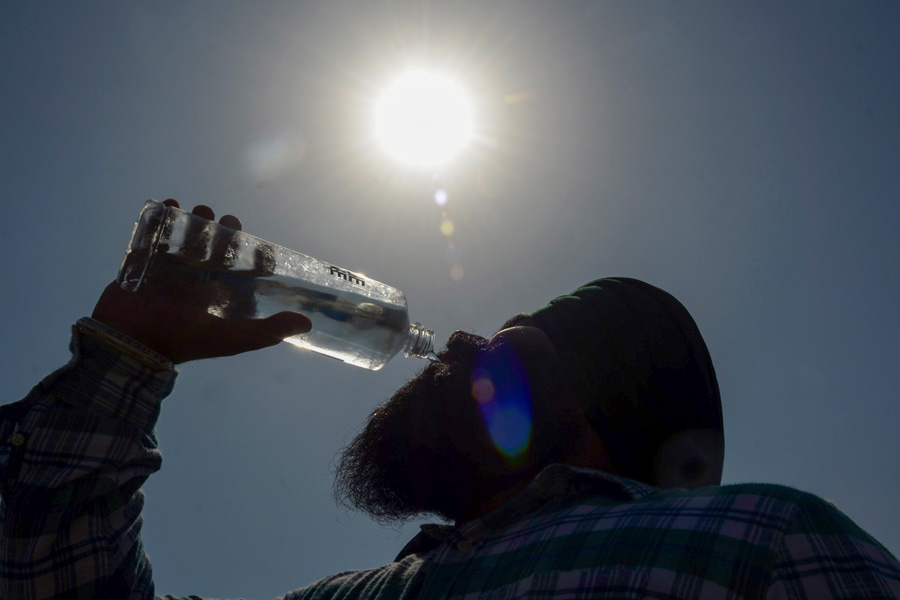Climate change is warming the planet at an alarming pace but not everyone, research has found out, is feeling the heat equally. A study that combined data from the Periodic Labour Force Survey and weather reports found that people belonging to the scheduled castes, scheduled tribes and other backward classes face much higher levels of work-time heat exposure than others. Between 2019 and 2022, in at least 65 districts across India, 75% of SC and ST workers spent 75% of their working hours outdoors. This is because marginalised communities continue to dominate occupations that rely on outdoor physical labour, such as agriculture, construction, mining or municipal work. These, in turn, come with an enhanced risk of exposure to extreme heat and related illnesses, including heat stroke that is life-threatening. Significantly, the ‘thermal injustice’ is not limited to the outdoors: several National Family Health Surveys have shown that marginalised caste groups have lower access to fans, coolers and air conditioners at home. The situation is worse for women. They not only face extreme heat outside but also bear an excess burden of household air pollution on account of cooking with polluting fuels. A 2015 study also found that more women walk to work than men, especially in the mornings, leaving them vulnerable to smog and air pollution. Yet another survey revealed that Dalit and Adivasi communities have fewer adaptation resources to combat the damage from events related to climate change since they continue to be deprived of socio-economic and political rights and face systemic discrimination.
India has a National Action Plan on Climate Change; states have individual climate action policies as well. But the vulnerabilities of caste-oppressed communities seldom form a part of these plans. There is thus a case for policy mediation to be sensitised to the intersections between caste and climate. For instance, data on heat and pollution deaths and ailments could be parsed by caste and gender to monitor the efficacy of policy changes. Affirmative action must also target the chokehold that caste has over labour, the choice of professions, as well as education and employment. Dismantling ancient prejudices will take time. What can begin immediately though are interventions such as making breaks during peak hours of heat mandatory. Regular health check-ups of workers along with simple infrastructural modifications — the construction of shaded resting spots and public water dispensers — can be effective ways of making the respite from heat more democratic.










